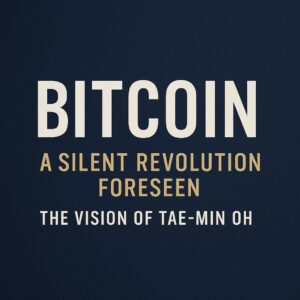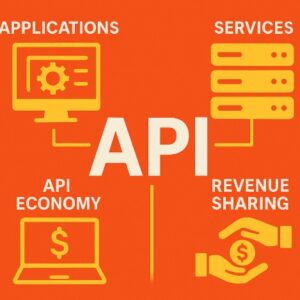
Bitcoin: A Voice Ahead of Its Time While many dismissed Bitcoin as a speculative bubble or a tool for fringe…

🚗🚗🚗 Introduction: Kia EVs Are More Than Just Transportation Kia’s electrified lineup is redefining mobility—not just by offering eco-conscious driving…

Discover Kia's all-new pickup truck – the Kia Tasman. Learn about its specs, expected pricing, release date, off-road features, and…

Discover how Jo Yongmin's "Unlocking Mindset" transforms the way we approach AI, problem-solving, and innovation. Learn why attitude matters more…

The Hidden Backbone of Digital Services APIs, or Application Programming Interfaces, are the silent engines that power much of today’s…

Hyundai Motor’s Future of Mobility: Executive Summary Hyundai Motor Company is aggressively pursuing technological innovation in future mobility sectors, including autonomous…

1. Hyundai Motor’s Strategy Executive Summary Hyundai Motor Company is aggressively pursuing technological innovation in future mobility sectors, including autonomous…

Hyundai’s Commitment to a Sustainable Future In an era where environmental consciousness and social responsibility are no longer optional but…

Digital nomad lifestyles have gained popularity due to their flexibility and freedom, enabling people to work from any corner of…
